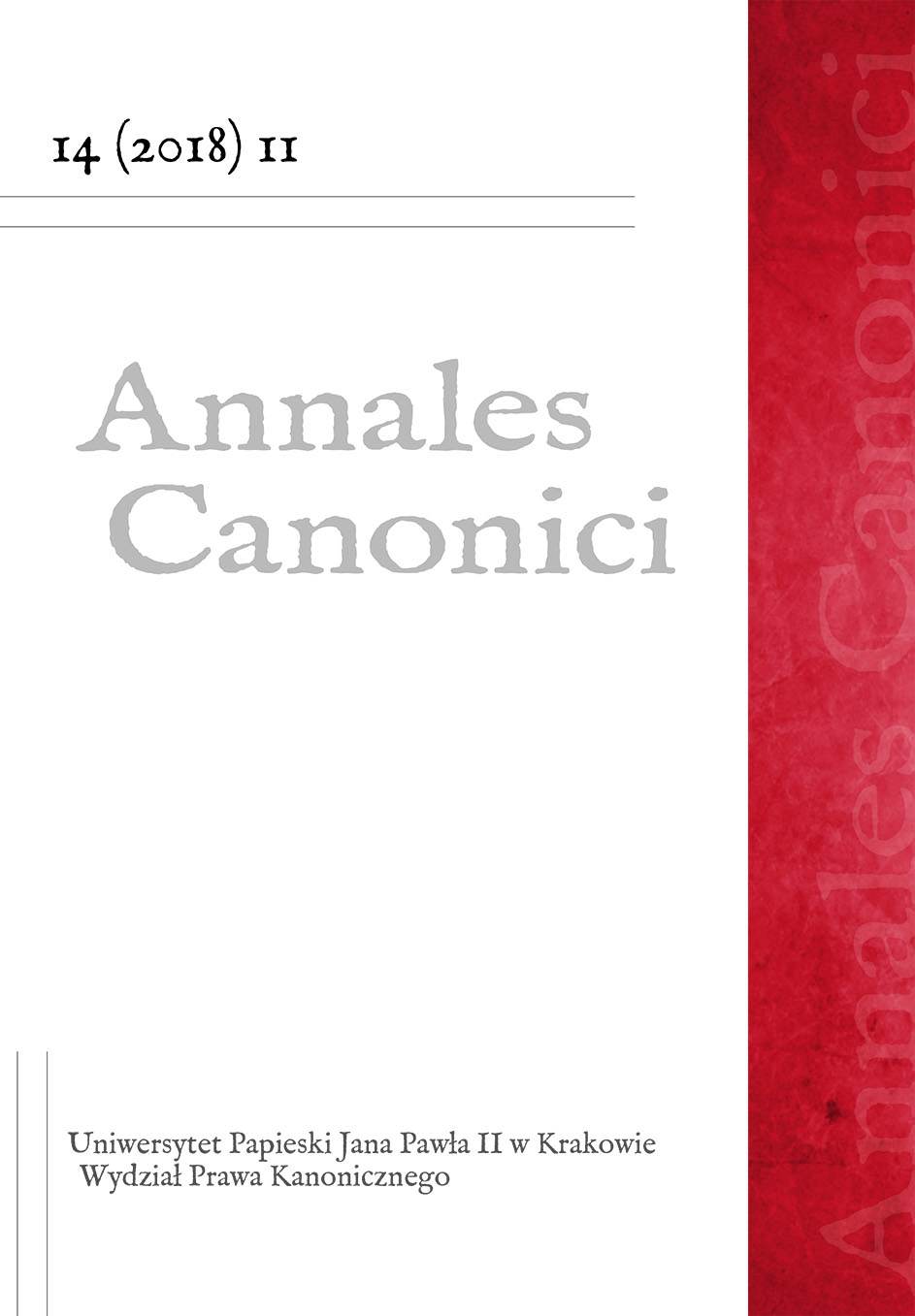Forma kanoniczna zawarcia
małżeństwa – spojrzenie historyczne i postulat reformy
Canonical form of concluding marriage – historical
perspective and proposal of reform
Author(s): Jan DohnalikSubject(s): Theology and Religion, Canon Law / Church Law
Published by: Wydawnictwo Naukowe Uniwersytetu Papieskiego Jana Pawła II w Krakowie
Keywords: małżeństwo; sakrament małżeństwa; kanoniczna forma małżeństwa; kodyfikacja prawa kanonicznego; rewizja kodeksu prawa kanonicznego
Summary/Abstract: Canonical form of matrimony, required for its validity, was introduced by theTametsi decree of the Council of Trent (1563). Since this important norm had nevercovered the entire Church, at the beginning of the 20th century took place a discussionabout new provisions. That new law, named Ne temere, was promulgatedin 1907, on demand of Pius X as a decree of the Congregation of Council. Despiteits being well thought over, during the proceedings of the Second Vatican Counciland the subsequent revision of the Code, there were proposed numerous draftsof changes. Finally, the current law has mainly preserved its original rule of territorialauthority of the assisting parish priest. There has been ongoing discussionin canonical literature regarding the necessity of reforming the canonical formof marriage. In this context, having analyzed 20th century historical discussions,the author supports one of the proposed solutions. While it is advisable to maintainthe requirement of the canonical form for the validity of marriage, it wouldbe sufficient to conclude matrimony in the presence of any ordained priest. Thissolution would be understood for the faithful and guarantee the sacramental characterof marriage. This proposal would comply with regulations regarding othersacraments, including baptism. Finally, the postulated reform could help to avoidinvalidity of marriage due to negligence or ignorance of the clergy.
Journal: Annales Canonici
- Issue Year: 14/2018
- Issue No: 2
- Page Range: 183-202
- Page Count: 20
- Language: Polish

